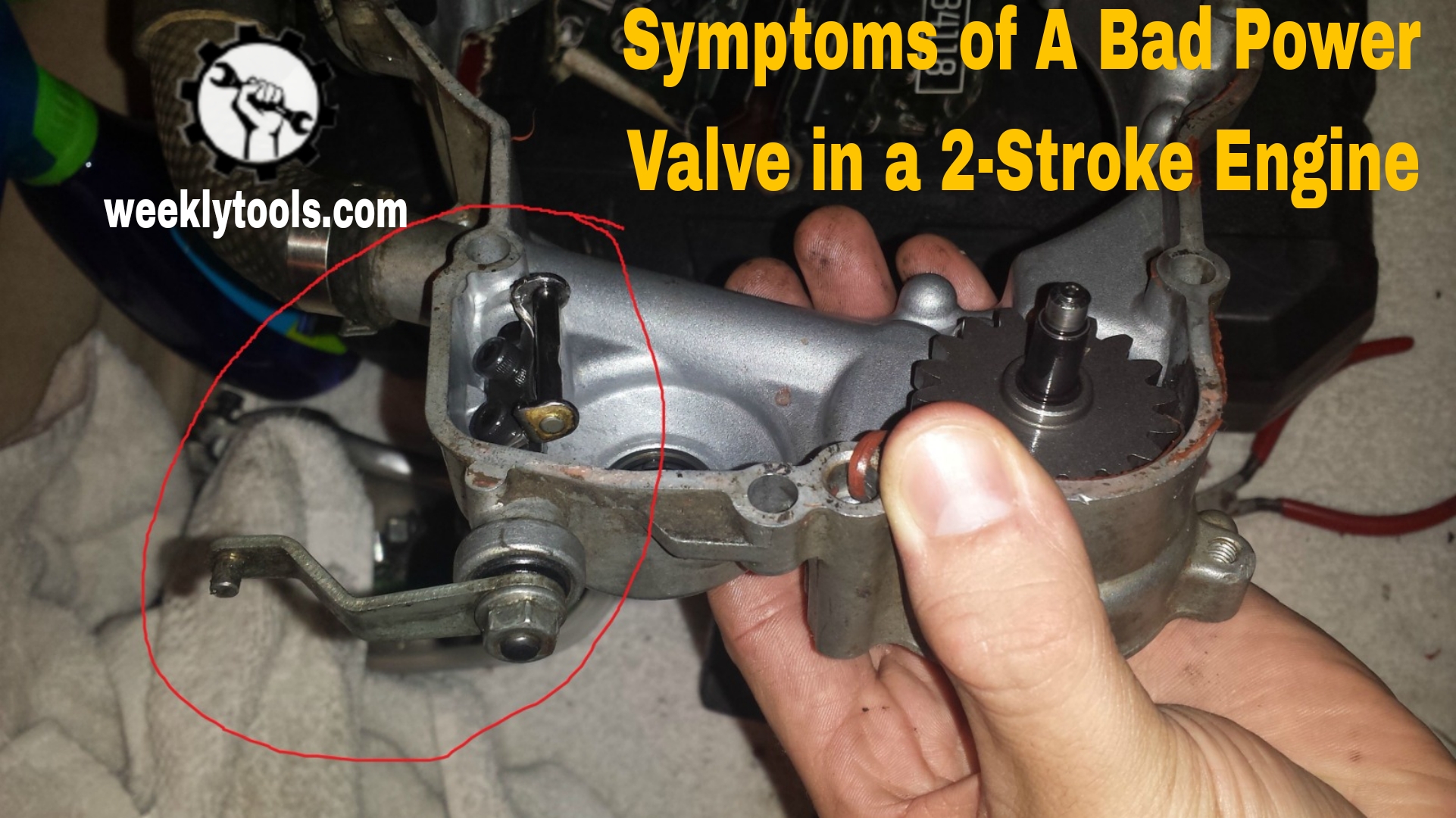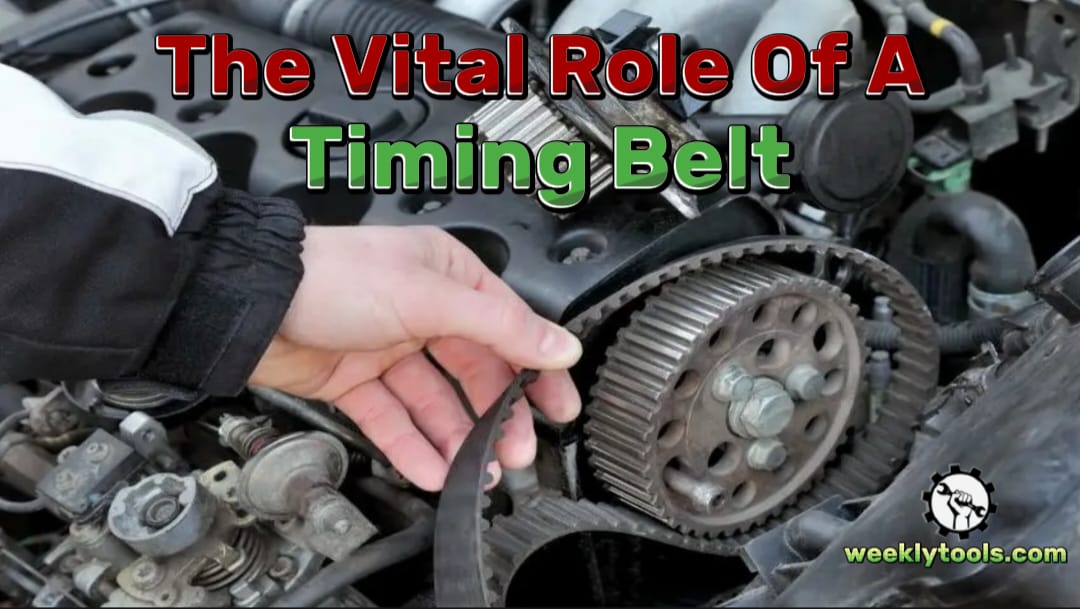Finding your steering wheel locked isnít only annoying but could also be dangerous, especially when it happens while youíre driving. You might have wondered Why Is My Steering Wheel Locked and want to solve the problem as soon as...
Finding your steering wheel locked isnít only annoying but could also be dangerous, especially when it happens while youíre driving. You might have wondered Why Is My Steering Wheel Locked and want to solve the problem as soon as possible. The fact is that not all cases of locked steering wheel are the same, therefore, the solutions must follow the actual causes. Letís learn further about the causes and solutions of locked steering wheel below.
If you want to watch† the video please see on YOUTUBE.
Different Cases of Locked Steering Wheels
The cases(and causes) of locked steering wheels could have been diverse, and understanding the specific issue is crucial for effective resolution. Explore the following descriptions to identify and address the issues you may be encountering.†
1. Semi-Locked Steering Wheel(Still Movable)
If you find that your steering wheel becomes notably harder to turn, especially at low speeds or when stationary, the issue may not be a locked wheel but rather a malfunction in the power steering system. Power steering is designed to reduce the effort required to turn the wheel, and a disruption in this system can create the illusion of a locked wheel.
Several potential issues can arise in the power steering system. The power steering pump may become stuck or jammed due to debris, or the system might develop a leak, resulting in a loss of vital power steering fluid. Addressing these power steering issues is crucial, as the lack of precision and increased effort required may compromise your ability to respond promptly to potential dangers on the road.
2. After-Turning Locked Steering Wheel
Fortunately, resolving this problem is relatively straightforward. As a safety feature, the steering wheel is equipped with a lock that engages if someone attempts to move the wheel without a key in the ignition. While effective for deterring theft, it can pose an issue if the wheel was moved before starting the car.
In such cases, gently attempt to move the wheel while turning the key. A subtle jiggle might also prove effective, but the key is to ensure that there is pressure on the steering wheel while turning the ignition key.
†
3. In-Drive Locked Steering Wheel
Though a rare and terrifying experience, a locked steering wheel while driving could signal a failure in the suspension, steering rack, or column. If faced with this situation, persist in trying to turn the wheel while gradually and safely applying the brakes. Activate your hazard lights and promptly move away from traffic to ensure your safety.
Understanding these possible conditions of wheel locks equips you with valuable insights to address steering-related issues effectively. Whether itís a power steering malfunction or a locked wheel during driving, taking the appropriate steps ensures a safer and more responsive driving experience.

Why Is My Steering Wheel Locked?
Understanding different causes behind locked wheels can help vehicle owners to address specific issues promptly, ensuring a safe and responsive driving experience.
Built-in Security Feature
The primary reason for a locked wheel, unless facing critical car issues, is often the vehicleís security feature. Designed to thwart theft, the steering wheel lock may also engage to prevent the car from rolling back on steep hills or in the event of a handbrake failure.However, when this mechanism fails, it can lead to hazardous situations on the road.
Malfunctioning Steering Pump
Rough steering and unsettling noises may point to a malfunctioning steering pump. This can occur due to low fluid levels, causing the pump to overheat, or a clogged filter hindering proper fluid circulation. Addressing these issues is essential to maintain optimal steering performance.
Jammed Column
The column, crucial for controlling the carís direction, can become jammed, posing a significant hazard, especially while driving. In such instances, prompt attention from an auto shop is imperative to ensure road safety.
Frozen Steering Linkage
Stiff turns or a loss of steering control can be attributed to a frozen linkage. This component connects the steering to the wheels, and if frozen, it compromises control. Identifying and resolving the issue is vital for maintaining safe driving conditions.
Engagement of Steering Lock
In the rush of daily activities, one might inadvertently engage the steering lock and forget about it. A quick check on the dashboard for the designated light can determine if this simple yet impactful cause is contributing to the locked wheel.
Failing Ignition Lock
An unexpected wheel lock leading to accidents may result from an ignition lock assembly failure. Prevention involves having a spare key and adhering to regular maintenance schedules to detect and address potential issues.
Problems with the Engine Control Unit (ECU)
The ECU, responsible for managing power steering through signals, can malfunction, causing various problems, including wheel locking. Monitoring and maintaining the ECU is crucial for preventing steering-related issues.
Frequent Sharp Turning
Taking sharp turns frequently not only causes the steering wheel to lock but also inflicts damage on the transmission system and engine. Prioritizing smooth driving practices can contribute to the overall longevity and performance of the vehicle.
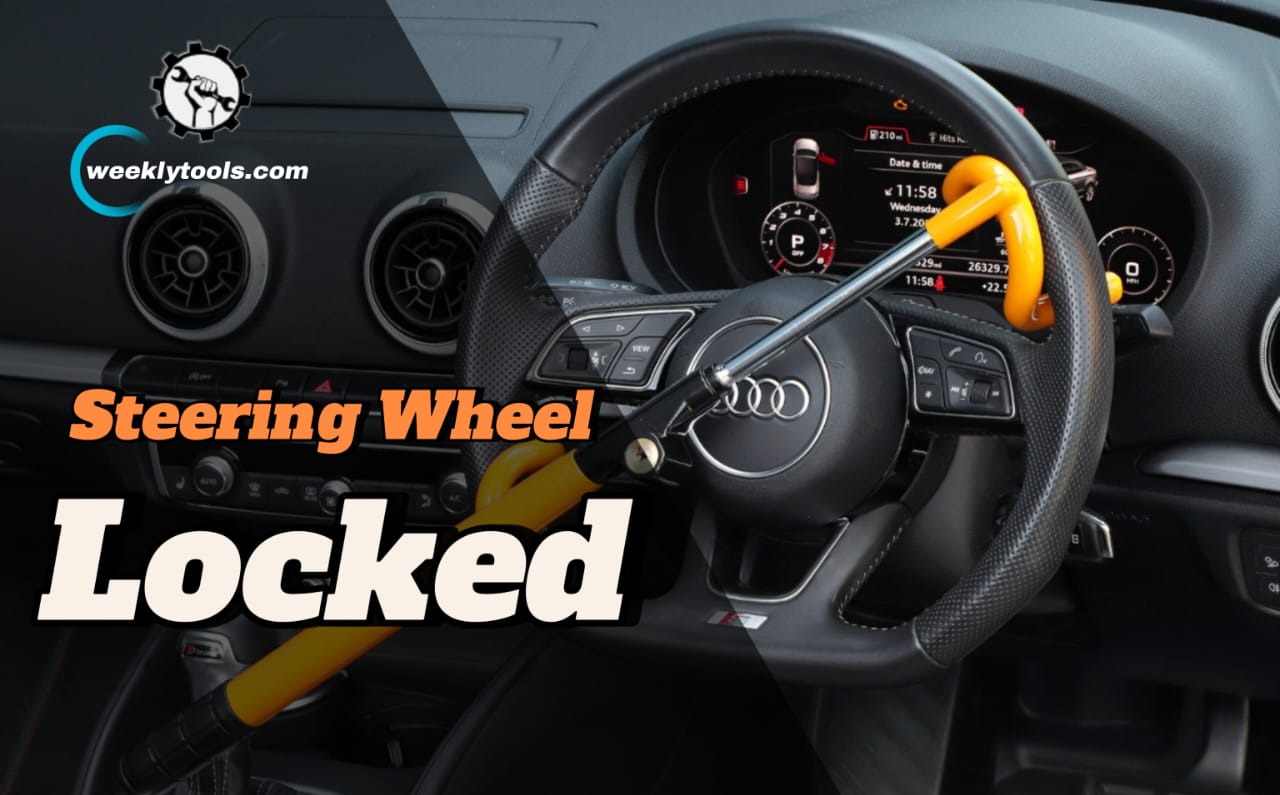
Locked Steering Wheel While Driving: Possible Solutions
Encountering a locked wheel while driving can be very dangerous, demanding quick and effective solutions to regain control. Here are some practical steps to consider if you find yourself facing this challenge:
1. Turn The Wheel Back and Forth
In the midst of a locked wheel scenario, a simple yet often effective approach is to firmly grip the wheel and turn it back and forth. This maneuver may help loosen the lock, gradually restoring control to the driver.
2. Take Advantage of Power Steering Pump
Another strategy involves leveraging the power steering pump. By attempting to force fluid into the system, you might alleviate the issue causing the wheel to lock. This method can be particularly useful in addressing power steering-related challenges.
3. Disable Power Steering System
If the wheel remains locked while driving, a practical solution is to turn off the engine. This action disables the power steering system, providing the driver with manual control over the vehicle. Exercise caution and pull over to a safe location before attempting this solution.
4. Seeking Professional Assistance
While the aforementioned steps may offer interim solutions, the most reliable course of action when facing a locked steering wheel is to visit an auto shop. If on the road, stop immediately, and seek assistance. Skilled mechanics possess the expertise to diagnose and resolve the issue, ensuring a thorough examination of the steering system. Prompt action not only resolves the immediate problem but also helps prevent potential reoccurrences.

Unlocking a Locked Wheel When Stopping: A Safety Feature
Encountering a locked wheel when stopping is generally a safety feature designed to prevent unauthorized use of the vehicle. Follow these steps to unlock it safely:
Step 1: Get The Key
Get your key into your car but donít turn it yet. Instead, initiate a gentle back-and-forth movement of the steering wheel to determine its locked position. Donít hesitate to apply force; but avoid brute force because excessive force can damage the wheel.
Step 2: Turn Your Steering Wheel in One Direction
Now, you can steer the wheel in the direction it naturally moves. If it tends to shift slightly to the right, use one hand on the left side of the wheel to guide it towards the right.
Step 3: Turn the Key into Ignition
While maintaining control of the steering wheel, insert the key into the ignition using your other hand. You must avoid forcing the key to ignition as you can break your key. If itís still hard to turn your key into ignition, back to step 2 and find the gap.
Step 4: Unlock and Drive Safely
Once youíve reached the ignition, you should have unlocked your steering wheel, allowing you to start the engine and drive. If unsuccessful initially, repeat the process as needed, ensuring a forceful turn of the wheel. Your car should be back to normal after this procedure, as long as thereís no problem with the power steering system.
Remember, safety must be your first concern, and if you encounter persistent locked steering wheel issues or are unsure about resolving the problem yourself, consult professional assistance promptly.
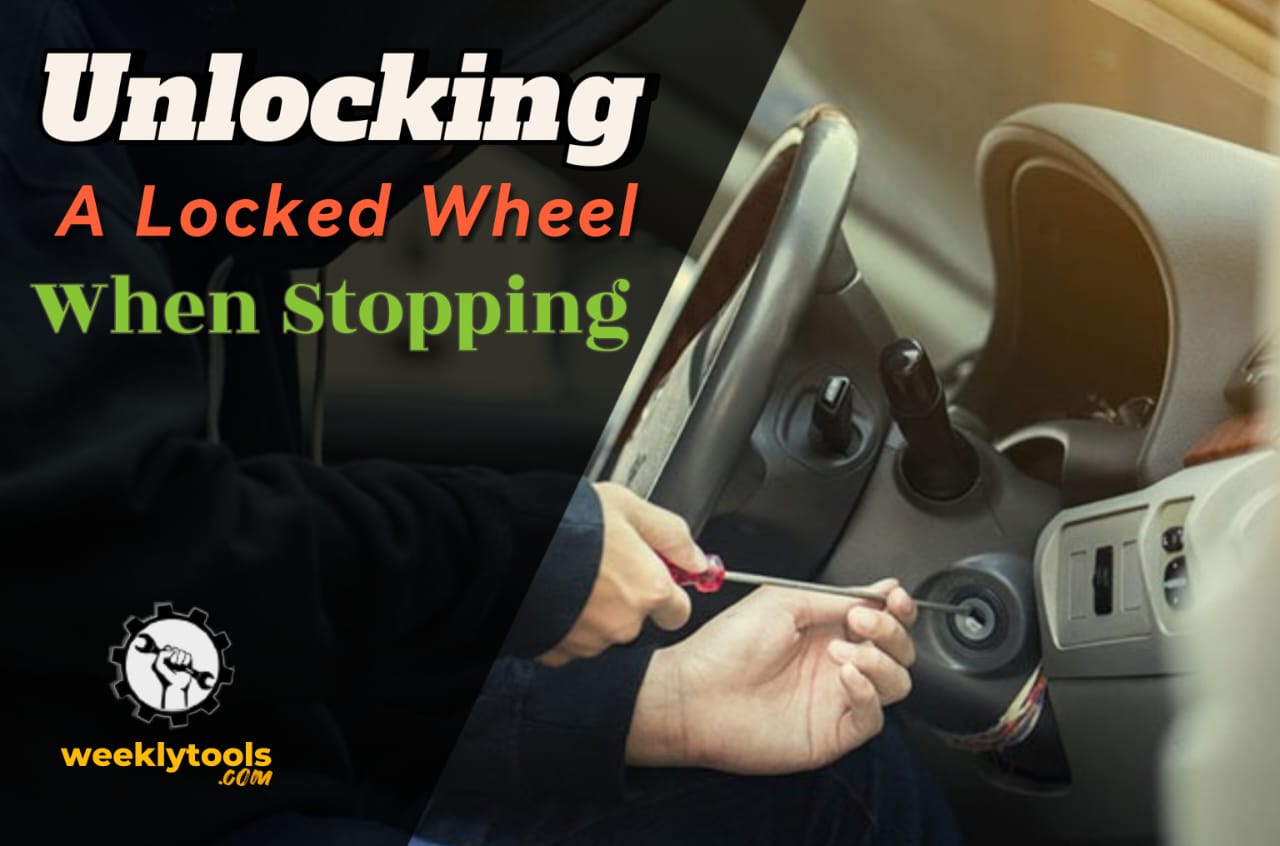
Preventing Steering Wheel Locking: Proactive Measures for Drivers
Preventing a locked steering wheel is a far better approach than dealing with the issue after it occurs. Since these problems often stem from power steering issues, adopting proactive measures can significantly reduce the likelihood of encountering a locked steering wheel.
Power Steering Fluid Control
Practicing safe driving habits contributes to preventing steering wheel lockup. However, if issues persist, it may be time to consider replacing the power steering fluid. Changing the fluid every two years is recommended to prevent breakdown and contamination with harmful particles.
Power Steering Flushing
Preserving the integrity of the power steering fluid involves regular flushing, ideally every 30,000 miles. Check the power fluid reservoir under your vehicleís hood and promptly replace the fluid if it appears dark, contains debris, or emits a burning smell.
Power Steering Pump Replacement
Experts suggest that a backed-up power steering pump could contribute to locking issues. While repairing a leaking system is relatively inexpensive, a pump that fails to circulate fluid correctly may necessitate replacement.
Column Cleaning
If debris inside the steering column is identified as the problem, a thorough cleaning of the entire column can be a helpful solution. It is advisable to seek the expertise of a reputable mechanic, especially if you lack experience in DIY vehicle repairs, to ensure an accurate diagnosis.
Additional Tips for Preventing Steering Wheel Locking
Regularly inspect the power steering fluid reservoir: Periodic checks help identify potential issues early on, preventing them from escalating. Adhere to manufacturer recommendations: Follow the vehicle manufacturerís guidelines for power steering maintenance to ensure optimal performance. Schedule professional inspections: Regular visits to a qualified mechanic can catch potential steering issues before they become critical, ensuring the longevity of your steering system. By incorporating these gentle unlocking tips and proactive prevention measures into your vehicle care routine, you can maintain a responsive and trouble-free steering system.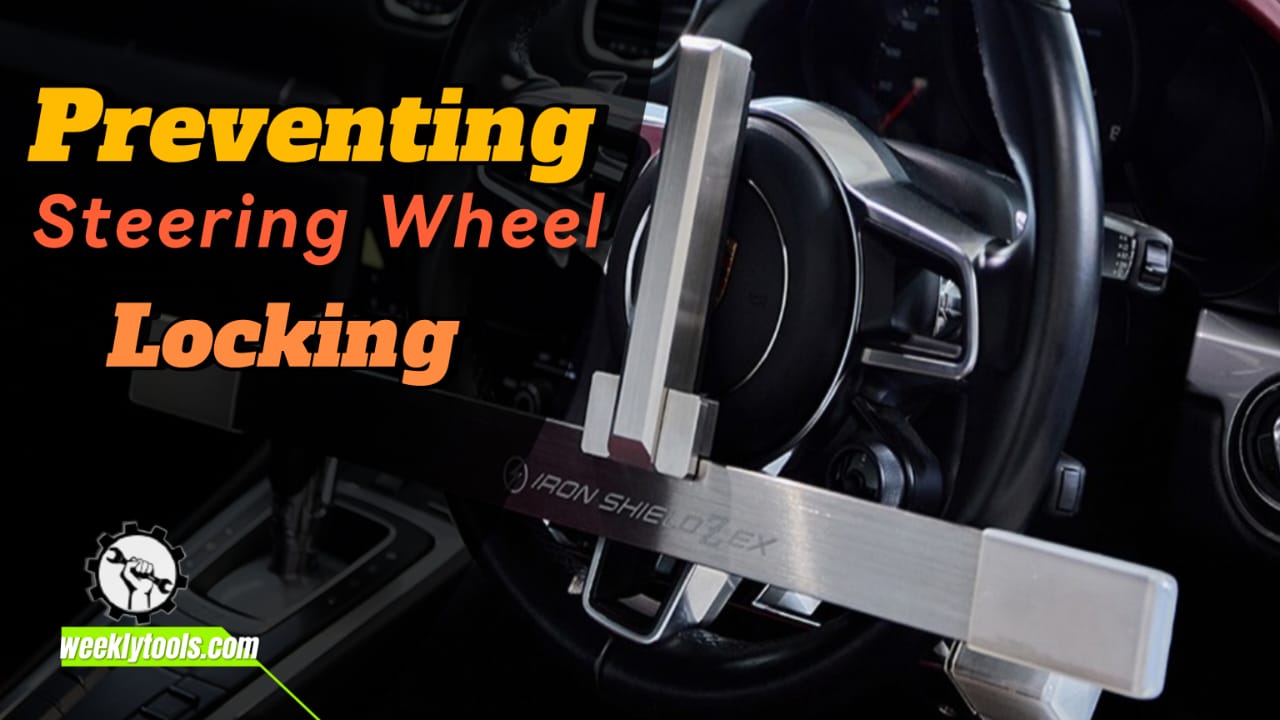
FAQs
1. How can I manually deactivate my steering wheel lock?
When your key seems stuck in the ignition due to the steering wheel lock, follow this simple solution. Initially, if the key wonít turn, gently move the wheel to release tension from the lock, allowing the key to turn freely. This action effectively disengages the ignition lock, facilitating the smooth start of your vehicle.
2. Will a dead battery lead to a locked steering wheel?
The impact of a dead battery on the steering wheel lock varies depending on the vehicleís ignition system. For vehicles with the ignition key on the steering column, the steering wheel lock is typically a manual lever. However, vehicles with push-button starts or keys in the dash may experience steering wheel lock issues when the battery is dead.
3. Can a steering lock hinder the car from starting?
In older cars requiring the insertion of the key into the ignition to start, a steering wheel lock is common. To initiate the starting process, insert the key and turn the steering wheel to unlock it. This action releases the steering wheel lock, allowing for a smooth start of the car.
4. Is it possible to remedy a hard steering wheel?
A stiff steering wheel may result from a leak in the pressurized hose, a relatively simple issue to address. Before exploring more complex steering system problems, check for leaks and apply a quick fix by adding more power steering fluid. This straightforward solution often alleviates stiffness in the steering wheel, ensuring improved vehicle maneuverability.





